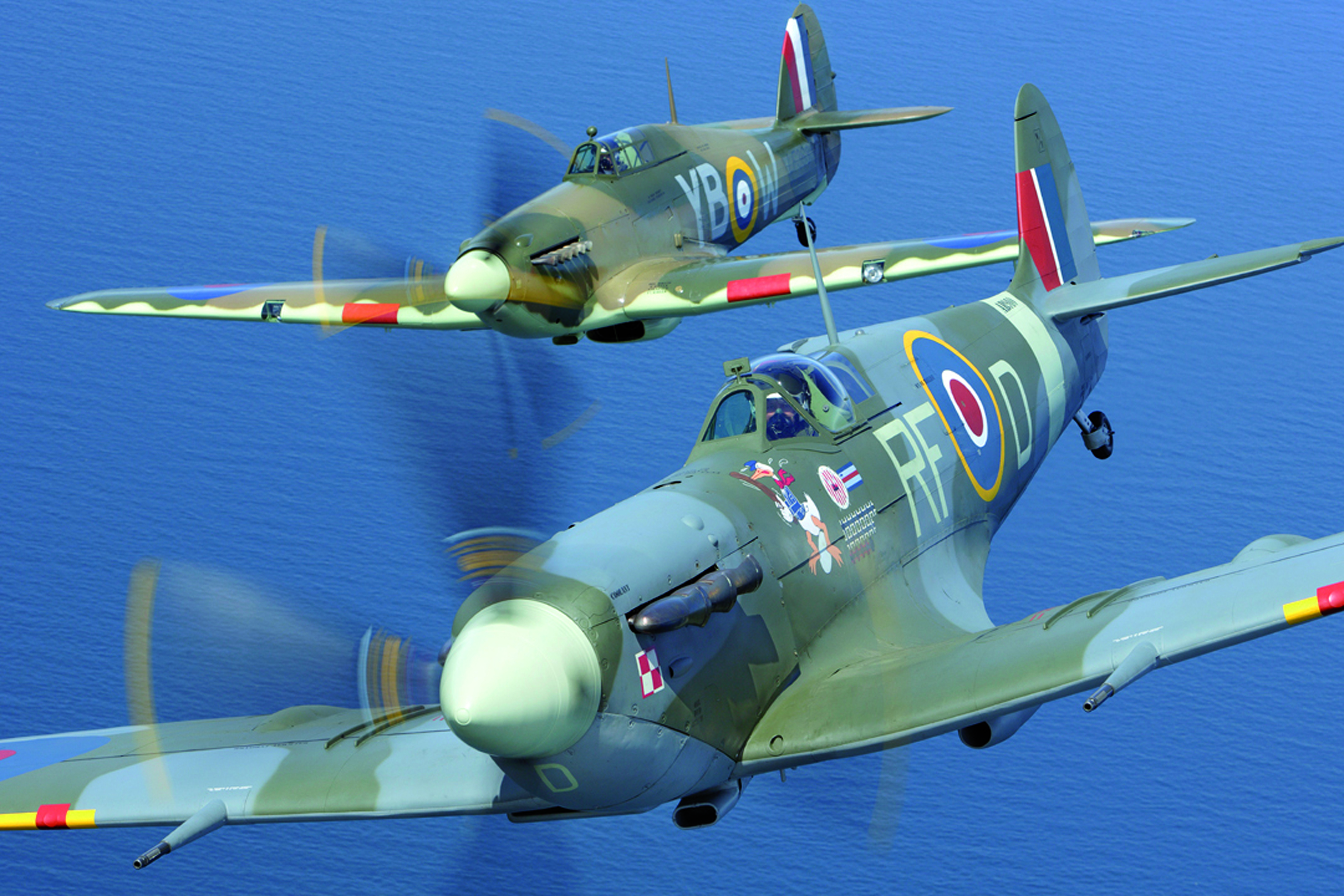Tuesday 18 August 2015
Friday 10th July was the 75th anniversary of the start of the Battle of Britain, a pivotal moment in history that changed the course of World War 2 and consequently the world. I was lucky enough to see some of the fly-by in London of four Spitfires and two Hurricanes accompanied by four state of the art RAF Typhoons. The 18th August was named “The Hardest Say” as both sides lost more aircraft combined than on any other day of the battle. The story of the Battle of Britain has been told many times, famously in the 1969 film which used 100 real aircraft in stunning aerial warfare sequences. Like much of WW2 history, the more you learn about the Battle of Britain the more amazing the story. The average age of RAF fighter pilots was about 20 and many went into combat with less than 10 hours flying experience on type and then flew three, four or more sorties a day. Without getting too carried away in patriotic fervor it is true that Britain and the rest of the world owes the RAF pilots of the Battle of Britain a debt, and not only to the pilots, but also to their leaders and also to the Spitfire and the Hurricane and the people who designed, built and maintained them. As Churchill said; “never in the field of human combat has so much been owed by so many to so few”.
Having been moved to write something on the Battle of Britain I was struggling for an energy related theme. I first thought about the Rolls Royce Merlin engine that powered Spitfires and Hurricanes. A great piece of engineering at the time it produced 977 kW (at 9,200 feet in III specification) from 27 litres displacement with a weight of 744 kg. As a measure of technology improvement in the intervening years, and referring back to my Formula 1 blog, these numbers should be compared to the numbers for the Mercedes F1 W06 hybrid power unit which produces 671 kW from 1.6 litres and a dry weight of 145 kg – 11 times the output per litre and 3.5 times the output per kg. As well as the Merlin, the use of 100 octane gasoline, a relatively new development in 1940, was another factor that helped give the RAF air superiority.
Then I thought about how the struggle for oil drove several WW2 strategic directions and battles. There is a view that the German invasion of Russia was driven by the need to secure oil. The war in the Pacific was essentially about Japan looking for resources after the US embargoed oil exports to Japan. Romania’s oil was a critical resource for the Germans and the oil refineries in Ploesti were the target for a famous 1943 American bombing raid – Operation Tidal Wave. (I once flew myself over Ploesti and the same oil refineries which was exciting.) The Germans, lacking domestic oil, developed the Fischer-Tropsch process to make oil from coal, which continues to be used and developed to this day. General Patton’s tanks famously ran out of gasoline in their rapid charge across Europe in 1944, highlighting the importance of fuel supply chains. Another less known energy story from WW2, and one that is relevant to today, is how Britain boosted domestic oil production from 750 barrels in 1938 to 845,000 barrels in 1943 – much of it from wells drilled secretly in Sherwood Forest.
I even thought about making an analogy to a new battle of Britain, the battle around energy dependency – something we need to take more seriously.
But in the end I decided we should just simply take a few minutes to remember the Few.
Of the nearly 3,000 RAF aircrew who fought in the Battle of Britain 544 lost their lives and of the remainder a further 814 died before the end of the War. The Battle of Britain Monument on the Victoria Embankment, London, records the names of the 2,936 flyers from the 15 nations who flew for Britain in the Battle. Of course we should also remember the Luftwaffe pilots who were lost.
“The gratitude of every home in our island, in our Empire and indeed throughout the world, except in the abodes of the guilty, goes out to the British airmen, who, undaunted by odds, unwearied in their constant challenge and mortal danger, are turning the tide of the world war by their prowess and devotion. Never in the field of human conflict was so much owed by so many to so few.”
– Winston Churchill
Comments
Comments are closed.
Dr Steven Fawkes
Welcome to my blog on energy efficiency and energy efficiency financing. The first question people ask is why my blog is called 'only eleven percent' - the answer is here. I look forward to engaging with you!
Tag cloud
Black & Veatch Building technologies Caludie Haignere China Climate co-benefits David Cameron E.On EDF EDF Pulse awards Emissions Energy Energy Bill Energy Efficiency Energy Efficiency Mission energy security Environment Europe FERC Finance Fusion Government Henri Proglio innovation Innovation Gateway investment in energy Investor Confidence Project Investors Jevons paradox M&V Management net zero new technology NorthWestern Energy Stakeholders Nuclear Prime Minister RBS renewables Research survey Technology uk energy policy US USA Wind farmsMy latest entries
- ‘This is not the end. It is not even the beginning of the end. But it is, perhaps, the end of the beginning’
- You ain’t seen nothing yet
- Are energy engineers fighting the last war?
- Book review: ‘Stellar’ by James Arbib and Tony Seba
- Oh no – not the barriers again
- Don’t assume ignorance, sloth, bias or stupidity
- Collaborations start with conversations



